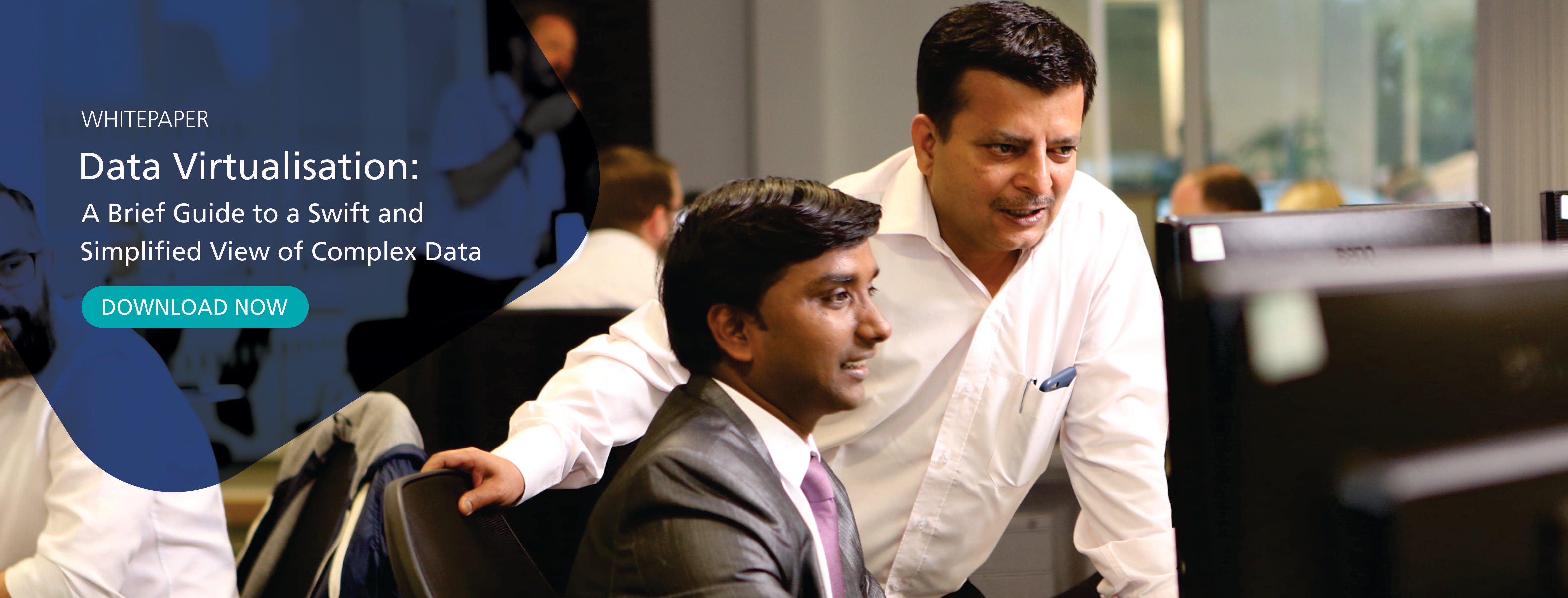The advent of omnichannel shopping is proving to be both a challenge and an opportunity for retailers. While on the one hand it opens up opportunities to target customers at every stage of the buying cycle and create personalised experiences, on the other, retailers are faced with the challenge of creating an integrated customer experience. This involves delivering a digital strategy that unifies the customer’s online and in-store personas.

Crucial to this digital strategy is operational streamlining and service optimisation using big data analytics to optimise price and gain market intelligence. According to Forester, “customers are empowered by information and increasingly expect streamlined and personalised experiences both online and in stores.” This entails adopting hybrid strategies that simultaneously embrace physical and virtual stores.
While traditional data integration strategies are time-consuming and expensive, data virtualisation offers a quick and cost-efficient solution for responding to customer demands. Data virtualisation facilitates retail transformation by enabling retailers to optimise data and build a common integrated data layer, which is optimised for analytics, reuse and accuracy.
Whether it is price optimisation, delivering an omnichannel customer experience, customer loyalty, contextual marketing and merchandising, or tracking customer ratings, feedback and competitor moves, the five use cases below demonstrate how retailers can retain customers with data virtualisation.
1) Unifying customer experiences with product optimisation
Product optimisation techniques connect consumers emotionally and is associated with their lifestyle, values and identity. A well-optimised product focuses on brand values and purpose. However, product information is often fragmented and hinders product optimisation efforts.
Data virtualisation delivers a unified, real-time view of products. It integrates inventory availability, colour and sizing options, as well as other relevant factors across all data sources -enabling retailers to assemble product definitions customised for a specific location and potentially, for a specific customer.
2) 360-degree view of the customer
Understanding customer needs is the key to providing better service and sourcing upsell opportunities. Typically, customer information is often stored in a variety of traditionally incompatible systems such as analytical and transactional systems. As a result, getting a complete view of the customer by combining online and in-store transactional activities, products purchased and calls made to the customer service team can be a challenging task.
Data virtualisation offers retailers a unified, 360-degree view of customers by connecting online and offline stores and making the information available for analytical purposes.
3) Virtual product catalogue
Retailers can cross-sell to customers using their large network of dealers and product catalogues. By creating unified product catalogues, pricing and discounts, data virtualisation helps accelerate the rationalisation of information delivery to dealer networks. As a result, retailers can maximise revenues through access to timely and accurate information on products, pricing and discounts.
4) Optimise inventory management
Keeping shelves empty for a longer duration can result in potential loss of revenue and customer churn. On the other hand, holding stock on shelves for a longer duration involves maintenance and ultimately, a loss to retailers.
Data virtualisation helps create virtual inventory views across manufacturing, warehousing, transportation and retail locations. This optimises the timely movement of goods to the right place. Products can also be correctly mapped to promotions, reducing the store’s footprints through accurate inventory decisions.
5) Cross- channel integration
Customer information is usually captured and tracked thorough a variety of channels by different departments. Therefore, these departments might not have the same information available simultaneously.
Data virtualisation helps overcome this by creating an omnichannel view of the customer. It provides the user of each channel with a consolidated view of the customer. Thereby offering customers a seamless experience, no matter who they interact with at the retailer. This not only improves the customer experience, but reduces the total cost of operations through automation and data consolidation.
Conclusion
Unlike traditional data integration strategies that move a copy of the data to a new consolidated source, data virtualisation takes a completely different approach. Rather than compelling retailers to move data from different sources and combine it in a new location, data virtualisation provides a view of the combined data, leaving the source data exactly where it is.
Retailers no longer have to pay for the cost of moving, housing and maintaining the data. They still get all the benefits of traditional data integration because data virtualisation accommodates existing infrastructure in its current state -- providing retailers with real-time data views to drive their digital transformation efforts and retain customers.


